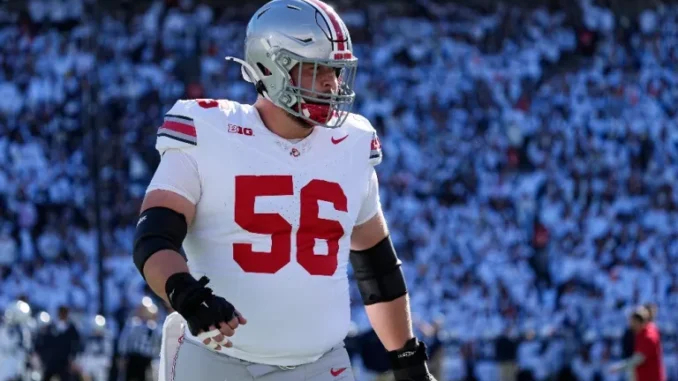
Breaking News: Seth McLaughlin reveals the harsh truth to why he left Alabama….see more
Seth McLaughlin’s departure from the University of Alabama’s football program was influenced by several factors, primarily his perceived stagnation in development and a desire for a fresh environment to enhance his skills.
Stagnation in Development
McLaughlin expressed concerns about his growth within Alabama’s system. He felt that, despite the coaching staff’s efforts, his personal development had plateaued. As a seasoned player, he often found himself coaching younger teammates rather than receiving the same level of instruction. This dynamic led him to believe that a change in environment would better facilitate his growth.
Struggles with Snapping Consistency
Throughout the 2023 season, McLaughlin faced challenges with snapping consistency, a critical aspect of his role as center. These issues became particularly evident during the Rose Bowl against Michigan, where a low snap in overtime contributed to Alabama’s 27-20 loss. Despite his extensive experience, McLaughlin was unable to resolve these inconsistencies, leading to increased frustration.
Fan Criticism and Personal Reflection
Following the Rose Bowl, McLaughlin faced significant criticism from Alabama fans regarding his snapping issues. He acknowledged the impact of this feedback on his decision to transfer, recognizing that the public’s perception of his performance influenced his desire for a new beginning.
Transition to Ohio State
After entering the transfer portal, McLaughlin chose to join Ohio State University. He was drawn to Ohio State’s reputation as a program that consistently competes for championships and offers strong coaching and development opportunities. McLaughlin believed that this new environment would provide the support and resources necessary for his continued growth and development as a player.
In summary, Seth McLaughlin’s decision to leave Alabama was driven by his desire for personal development, the challenges he faced with snapping consistency, and the impact of fan criticism. His transfer to Ohio State represents a strategic move to a program that aligns with his aspirations for growth and success in collegiate football.




Be the first to comment